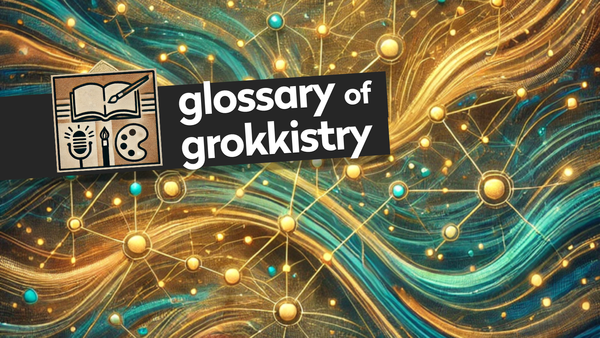"If you don't know where you're going, any road will get you there" - Lewis Carroll
You've probably heard this quote before.
It's often used as a reminder to make plans and highlights the importance of having a fixed destination.
But it can also be a liberating thought, encouraging us to take any path and trust that we will end up where we need to be without a fixed destination in mind.
The very same quote that warns against aimless wandering can also inspire a sense of freedom and spontaneity.
This contradiction is an example of a profound truth.
As physicist Niels Bohr puts it:
“The opposite of a fact is falsehood, but the opposite of one profound truth may very well be another profound truth.”
Is everything a contradiction? Yes and no.
The idea that two contradictory things can be true at the same time is a delightful philosophical concept, but it is more than that.
Quantum physics is rife with examples of seemingly contradictory phenomena that can be true at the same time.
One such example is the dual nature of light, which behaves like both a particle and a wave.
Particles can exist in multiple states at once, including a 'cat state' composed of two diametrically opposed conditions at the same time. They can also become entangled so that their states are correlated, even if they are separated by large distances.
Profound contradiction is not a flaw, but rather a fundamental aspect of the nature of reality that we observe in the behaviour of matter and energy at the smallest scales.
Profound contradiction can also generate new possibilities.
In Hegelian dialectics, German philosopher Hegel proposed that by bringing together two opposites, we can resolve the apparent contradiction at a higher level of truth and unity.
He called this a synthesis – literally a 'bringing together'.
The concept of synthesis helps us to understand how seemingly contradictory ideas can actually complement each other.
Grokkists and contradiction
As grokkists, we are insatiable learners, led by our curiosity and enduring interests. Our curiosity can lead us to a state of ambivalence, where we hold conflicting emotions or attitudes towards a particular subject.
The more we learn about something that interests us, the more we can end up having profoundly mixed feelings about it.
For example, I'm ambivalent about technology.
I believe technology a fantastic force for good that enables many great things in our lives, and advances and lifts up ordinary people. But I also believe technology wreaks havoc and destruction and is bound up tightly with many of the ills and social structures that I would wish to dismantle or replace.
These positions contradict each other. But I'd argue they are both profoundly true.
Similarly, I'm ambivalent about educational institutions. I feel strongly that educational institutions are the opposite of education in many ways, that they stifle and suffocate us, and are like a tombstone to curiosity. But I also have strong feelings about why they are important and should defend them.
Depending on what, when and how you ask me about these things, I will likely respond differently.
I may even prefer simply to never talk about it and keep my thoughts to myself.
Strength on both sides
We often think of ambivalence negatively, or as a weakness. We say we are ambivalent if we’re unsure or can’t decide, or don’t know how to make up our minds about something.
But the literal meaning of ambi-valence is "strength on both sides."
It may seem like we have mixed feelings, but perhaps what we actually have is strong and contradictory feelings on both sides.
Like a see-saw, our thoughts may swing back and forth wildly.
But that needn't be a bad thing. After all, a see-saw is supposed to be fun!
Ambivalence can be fun too, if we want it to be.
If we are strong on both sides, it may be because the stuff we are most ambivalent about is also the stuff we care most about – the stuff that forms part of our Red Thread.
We might find it liberating and cathartic to give full and free voice to our strong views, one at a time, in all their glorious and profound contradiction.
“In the middle of the see-saw is a place that never moves…” - Terry Pratchett
As grokkists, our curiosity is guided, consciously or not, by our most enduring questions about the world and our place in it.
The experiences we accumulate along the way all form partial answers to our enduring questions. The more we learn, the more contradictions we find – if we are doing it properly!
It all adds to our store of ambivalence.
Having fun on the see-saw of ambivalence can also help us find our own balancing point.
Within us, we may eventually discover a quiet place of coiled strength, flexible enough to hold multiple and opposite profound truths.
Key takeaways
- Contradiction is a fundamental aspect of reality that can generate new possibilities.
- The literal meaning of ambivalence is "strength on both sides," and it can be fun to explore.
- Embrace ambivalence and recognise the strength in holding conflicting emotions or attitudes towards a particular subject.
- Allow yourself to explore the contradictions and swing back and forth between thoughts.
- Give full and free voice to your strong views to better understand your own balancing point.








